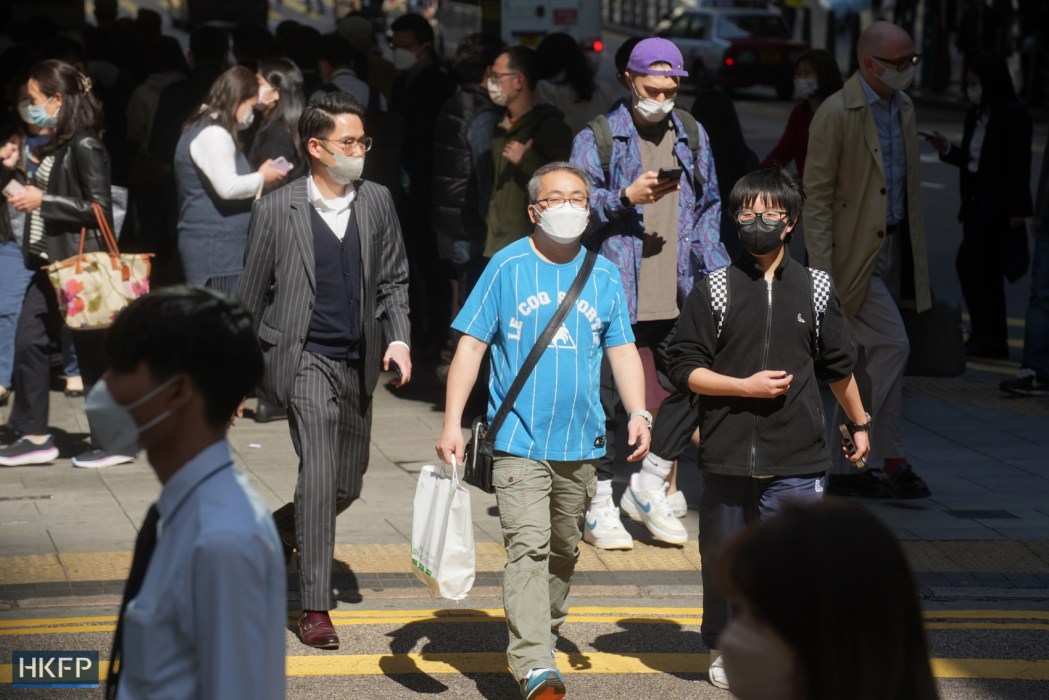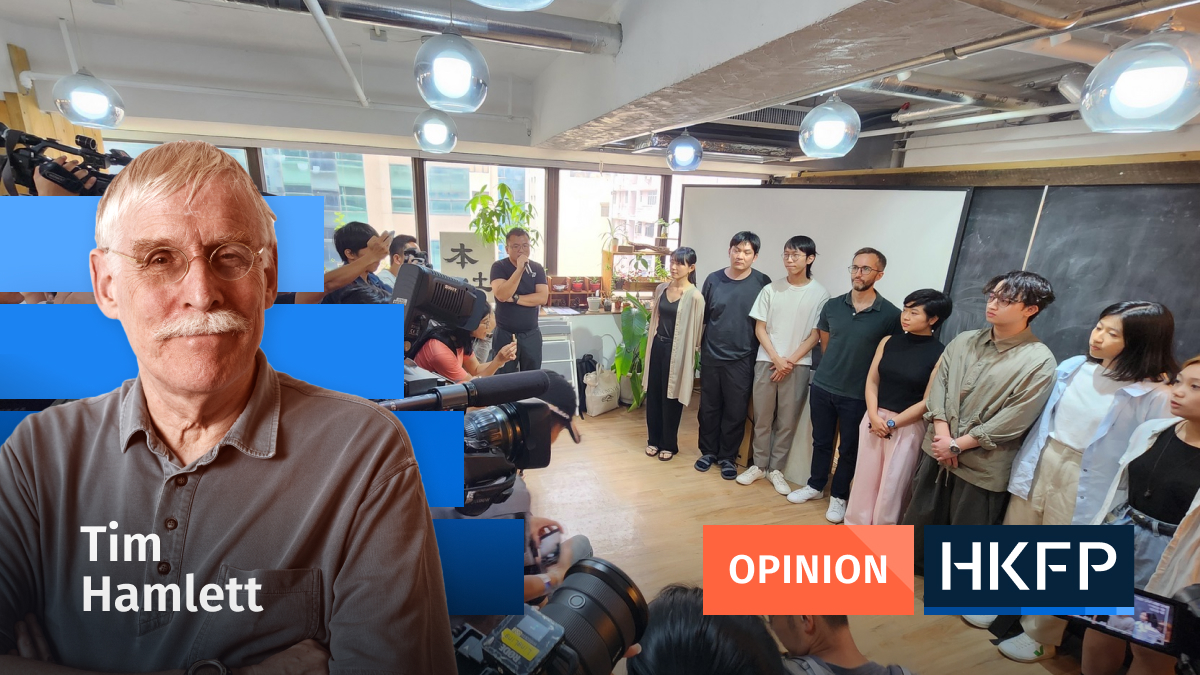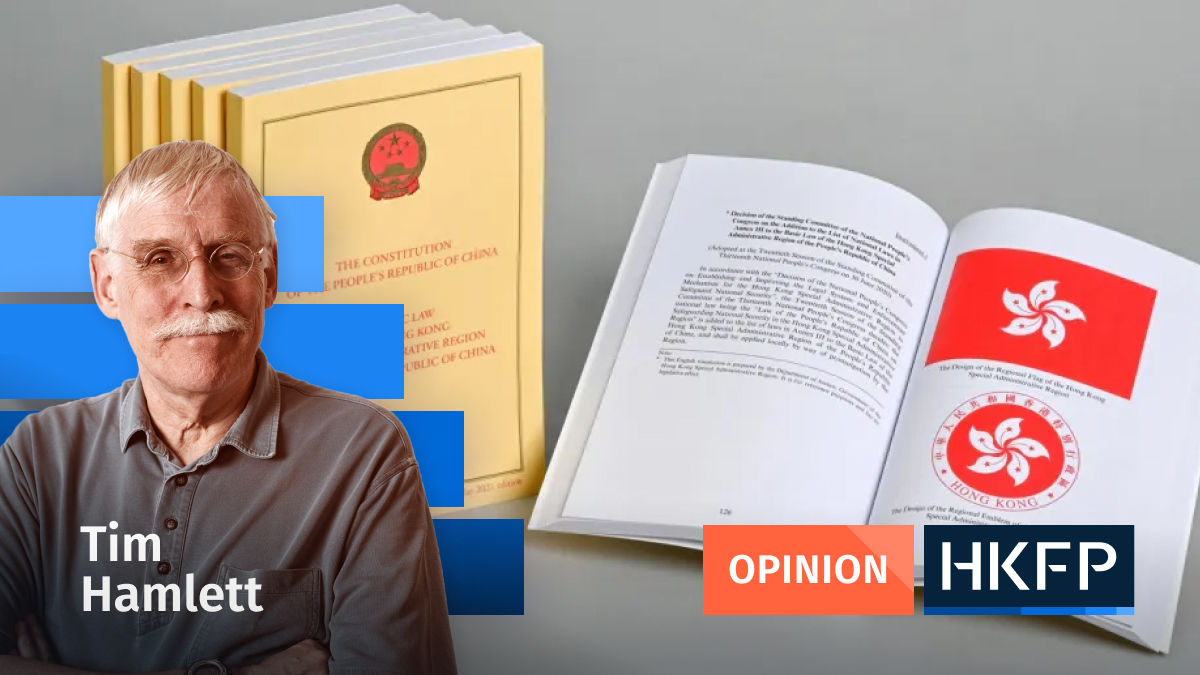By David Owens
It is notoriously difficult to compare mortality data from different locations and even from the same place over time. Differences in reporting and in geographical, socio-economic and demographic factors confound direct comparisons.

Notwithstanding these issues, as the Covid-19 pandemic slowly recedes further we are left with some reasonably consistent observations from worldwide data.
Firstly, Covid is still an important public health issue, although its impact has lessened significantly and is likely, barring unforeseen mutations, to continue to pose less of a risk over time.
As international mortality data accumulates, a number of consistent themes arise. Firstly, mortality directly related to Covid was significant in population terms. From a public health perspective it is important to challenge the rewriting of history, much of it associated with active disinformation.
The Covid-19 pandemic was a significant public health challenge resulting in substantial deaths. The rapid development of vaccines was one of the greatest successes of modern medicine, saving millions of lives worldwide.

Deaths from Covid occurred as a direct result of the disease, but also as a result of factors indirectly associated with it. Indirect mortality was aggravated by the pathological processes itself, which resulted in increasing blood clots, leading to a higher incidence of heart disease and strokes amongst other illnesses. It was also impacted indirectly by the overloading of health systems due to the pandemic.
Many of the excess deaths in the fifth wave in Hong Kong were a direct result of the collapse of the hospital system and by implication the result of poor policy decisions in late 2021 and early 2022.
Excessive and unnecessary quarantine acted as a disincentive for sick people to seek medical care. Mental health was significantly affected. The singular focus on Covid also diverted resources away from treatment of other conditions including cancer and chronic diseases.
Even allowing for the direct and indirect deaths attributable to Covid, there is evolving evidence that the global disease burden has increased since the pandemic. There is a complex interaction of issues at play. Complications from Covid via inflammatory and coagulation pathways undoubtedly affected the total disease burden over the last few years but cannot alone explain the increase in other diseases.

In particular there has been a worldwide increase in several infectious diseases. In Hong Kong we have seen a number of tragic reports of child deaths from influenza. This week, we saw the third second locally acquired case of Dengue with the most recent two cases being linked epidemiologically. These are not just local problems.
Dengue and other vector-borne illnesses are increasing worldwide due to climate change. Essentially, as the winters become warmer mosquitoes can survive the winter die-off. I have been surprised that we have not seen more dengue in Hong Kong and I think in the absence of significant mitigation it is likely to be an increasing problem.
There is an academic debate about the reasons for the post-pandemic surge in infectious disease. One theory is that immunity debt, resulting from non-pharmacological interventions (social distancing, lockdowns, masks, etc) during the pandemic, has led to more infections in those with waning immunity. This can also have an indirect impact on “herd immunity” as a result of a lowering of the “immunity wall.”
This is almost certainly a factor, although the increase in infections has been reasonably consistent in jurisdictions with different public health policies – indicating that it is unlikely to be the only or even the most important factor.

Greater surveillance may also be artificially increasing the incidence of some infectious diseases in Hong Kong via greater recognition. I have practised medicine in Hong Kong for the last 35 years and whilst I saw more than the average respiratory infections over the last winter, I have seen bad winter seasons before. For more than 30 years I would make a clinical diagnosis of viral illness without any testing.
I do think the increasing surveillance is a factor. Another is reduced vaccine uptake aggravated by misinformation and disinformation. We have good evidence that this is playing a role in the surging of specific diseases, measles for example.
In worldwide terms the disruption to health systems during the pandemic, and particularly the impact on childhood vaccination, has been and will continue to be a significant factor in child mortality.
There are many factors driving the increasing global disease burden but ultimately the single greatest threat to health remains poverty and social inequality. Ultimately, morbidity and mortality from infectious disease is driven by two factors: 1) Exposure risk: An individual who is never exposed to an infection will never get sick or die from it 2) Host response: Whether an individual gets sick or dies from any particular infection depends on factors in the infective agent itself but also on the ability of the body to resist and overcome that infection. This includes immunity, either natural or vaccine-acquired, nutrition and mental well-being.

Poverty and social inequality amplify the risks at both sides of this equation in addition to reducing access to basic health care. Poorer people are more likely to be malnourished and immuno-compromised, they are more likely to live in overcrowded conditions, they are less able to isolate and typically more likely to work in jobs which increase exposure to infections. Their children share all these risks.
In Hong Kong we saw a relatively high incidence of deaths from Covid in children. We have seen similar from influenza. What is the explanation? Again, there are controversies and a complex interaction of factors at play. But in my opinion, although immunity debt plays an important role, increasing social inequality is the single biggest factor in the increasing worldwide infectious disease burden and this includes Hong Kong.
See also: Infected and unemployed, a 6-person Hong Kong family’s 2-week Covid-19 home quarantine ordeal
Social inequality and child poverty have increased significantly in Hong Kong since the pandemic. Oxfam’s Hong Kong poverty report in September 2023 recorded 1.36 million people living in poverty, with the richest 10 per cent earning 57.7 times more than the poorest 10 per cent – up from 34.3 times in 2019.
At the same time, activity levels in Hong Kong children have fallen significantly and obesity has risen, again largely due to public health policies around the pandemic. The Active Healthy Kids Report Card for 2022 gave Hong Kong a D- for both overall physical activity and obesity.
Ultimately, the health of populations is not driven by doctors and hospitals, but by political and socio-economic factors. As I recently argued, Hong Kong needs a public health system, focused on health and not on disease.
Building more hospitals and employing more doctors is not the solution. If we really want to improve the health of our children, we need policies that address social inequality, increase physical activity, improve nutrition and positively address mental well-being. When infectious epidemics take off, they do not discriminate. Ultimately, social inequality is bad for everybody.
David Owens is an Honorary Clinical Assistant Professor in Family Medicine (HKU), Chief Medical Officer of Hong Kong China Rugby and co-founder of OT&P Healthcare. He has worked in Hong Kong since 1988.
Type of Story: Opinion
Advocates for ideas and draws conclusions based on the interpretation of facts and data.
Support HKFP | Policies & Ethics | Error/typo? | Contact Us | Newsletter | Transparency & Annual Report | Apps
Help safeguard press freedom & keep HKFP free for all readers by supporting our team
| HKFP is an impartial platform & does not necessarily share the views of opinion writers or advertisers. HKFP presents a diversity of views & regularly invites figures across the political spectrum to write for us. Press freedom is guaranteed under the Basic Law, security law, Bill of Rights and Chinese constitution. Opinion pieces aim to point out errors or defects in the government, law or policies, or aim to suggest ideas or alterations via legal means without an intention of hatred, discontent or hostility against the authorities or other communities. |

More HKFP OPINION:
HKFP has an impartial stance, transparent funding, and balanced coverage guided by an Ethics Code and Corrections Policy.
Support press freedom & help us surpass 1,000 monthly Patrons: 100% independent, governed by an ethics code & not-for-profit.









